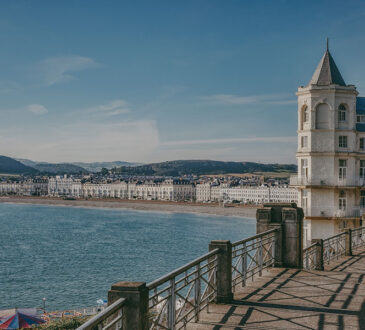
Skiing and staying in a cosy chalet val thorens is a magical experience, but timing your trip can make a huge difference in the quality of your adventure. From powder-filled runs to sunny spring skiing, each part of the season offers something unique. Understanding the best time to hit the slopes can help you plan the perfect trip, whether you’re chasing fresh snow, avoiding crowds, or soaking up the après-ski scene. Let’s dive into the best times to go skiing and what to expect throughout the season.
- Early Season (Late November to Mid-December) The early season marks the start of ski resorts opening their doors, often as soon as snow covers the slopes. While not every resort has reliable snow at this time, higher-altitude destinations and those with snow-making capabilities usually offer solid conditions. The perks? Smaller crowds and discounted lift tickets. However, some trails might be limited as resorts gradually open more terrain throughout the season.
- Peak Season (Late December to Early February) If you’re dreaming of a classic winter wonderland, peak season is your time. The holidays and school breaks bring festive energy, but also larger crowds and higher prices. Snowfall is often abundant, creating excellent conditions for skiing. For the best experience, book your accommodations early and hit the slopes right when the lifts open to avoid the midday rush.
- Mid-Season (Mid-February to Early March) Mid-season is often considered the sweet spot. Snow conditions are at their prime, with deep bases and regular snowfalls. The days start getting longer, giving you more sunlight to enjoy the mountains. While crowds can still be present, especially around holidays, they tend to be more manageable than during the peak season. This period offers the perfect balance of reliable snow, moderate crowds, and plenty of daylight.
- Spring Skiing (Mid-March to Early May) Spring skiing is all about blue skies, soft snow, and laid-back vibes. Warmer temperatures make for a more relaxed experience, and resorts often host music festivals, pond skimming contests, and lively après-ski scenes. The snow can be a bit slushy in the afternoons, but mornings offer some fantastic conditions. Bonus: springtime usually means fewer crowds and better deals on lift tickets and accommodations.
- Off-Peak Weeks If avoiding crowds is your top priority, aim for the weeks between major holidays and school vacations. Mid-January and late March are typically quieter times, giving you more space on the slopes and shorter lift lines. Plus, you’re more likely to find accommodation deals and experience a more peaceful mountain atmosphere.
Choosing the Right Destination Different resorts shine at different times of the season. For early-season snow, high-altitude resorts like Val Thorens in France or Whistler Blackcomb in Canada are your best bets. If you love spring skiing, head to Mammoth Mountain in California or Zermatt in Switzerland, where high elevations keep the snow in good shape well into May.
Final Tips for Planning Your Ski Trip:
- Check historical snow data: Websites like OnTheSnow or resort-specific reports give insights into average snowfall.
- Consider weekdays: No matter the month, weekdays tend to be quieter and cheaper.
- Book early for peak times: Accommodation and lift tickets can sell out months in advance.
No matter when you go, each part of the ski season has its unique charm. Whether you’re chasing fresh powder or soaking up the sun, timing your trip right ensures you get the most out of your time on the slopes. So pack your gear, grab your lift pass, and get ready for an unforgettable adventure. Happy skiing!




